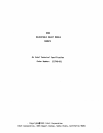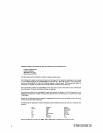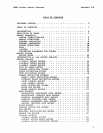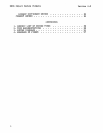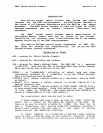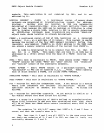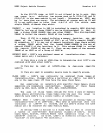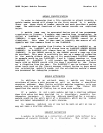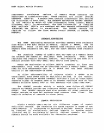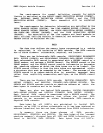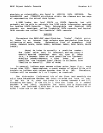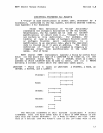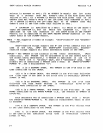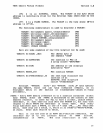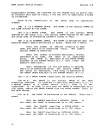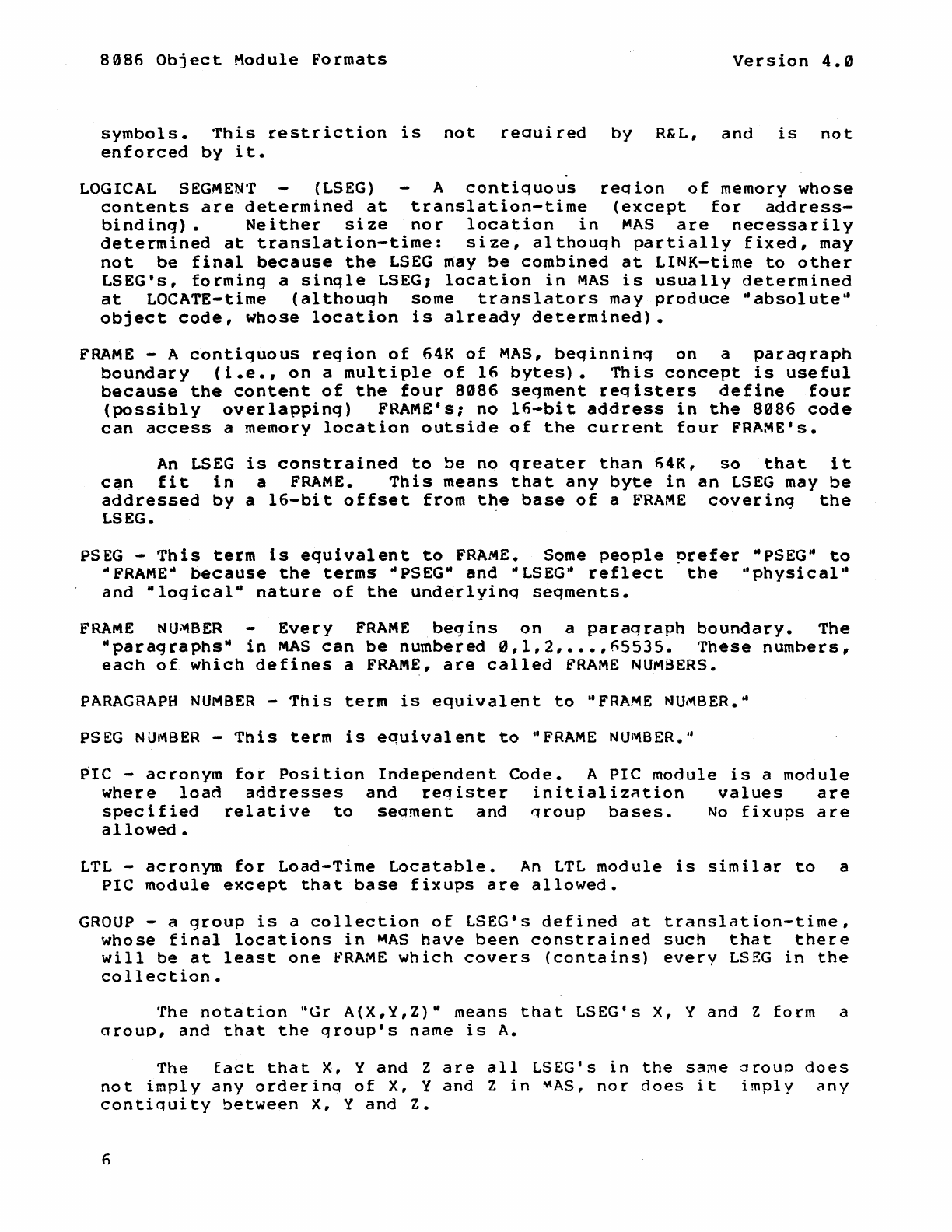
8086
Object
Module
Formats
Version
4.0
symbols.
This
restriction
is
not
reauired
by
R&L,
and
is
not
enforced
by
it.
LOGICAL
SEGMENT
(LSEG) A
contiquous
reqion
of
memory
whose
contents
are
determined
at
translation-time
(except
for
address-
binding)
•
Neither
size
nor
location
in
MAS
are
necessarily
determined
at
translation-time:
size,
althouqh
partially
fixed,
may
not
be
final
because
the
LSEG
~ay
be
combined
at
LINK-time
to
other
LSEGts,
forming
a
sinqle
LSEG;
location
in
MAS
is
usually
determined
at
LOCATE-time
(althouqh
some
translators
may
produce
Mabsolute~
object
code,
whose
location
is
already
determined).
FRAME
- A
contiguous
region
of
64K
of
MAS,
beqinninq
on
a
paragraph
boundary
(i.e.,
on
a
multiple
of
16
bytes).
This
concept
is
useful
because
the
content
of
the
four
8086
seqment
reqisters
define
four
(possibly
overlappinq)
FRAME's;
no
16-bit
address
in
the
8086
code
can
access
a
memory
location
outside
of
the
current
four
FRAME's.
An
LSEG
is
constrained
to
be
no
qreater
than
fi4K,
so
that
it
can
fit
in
a FRAME.
This
means
that
any
byte
in
an
LSEG
may
be
addressed
by
a
l6-bit
offset
from
the
base
of
a
FRAME
covering
the
LSEG.
PSEG
-
This
term
is
equivalent
to
FRAME.
Some
people
~refer
MPSEG~
to
MFRAME·
because
the
terms
MPSEG
M
and
MLSEG
d
reflect
the
~physicaln
and
Mlogical
M
nature
of
the
underlyinq
seqments.
FRAME
NU~BER
Every
FRAME
beqins
on
a
paraqraph
boundary.
The
Mparaqraphs·
in
MAS
can
be
numbered
0,l,2,
•••
,~5535.
These
numhers,
each
of
which
defines
a FRAME.
are
called
FRAME
NUMBERS.
PARAGRAPH
NUMBER
-
This
term
is
equivalent
to
"FRA,,.,E
NUl'JfBER."
PSEG
NU~BER
-
This
term
is
equivalent
to
"FRAME
NU~BER.~
PIC
-
acronym
for
Position
Independent
Code.
A
PIC
module
is
a
module
where
load
addresses
and
reqister
initialization
values
are
specified
relative
to
seqment
and
qroup
bases.
No
fixups
are
allowed.
LTL
-
acronym
for
Load-Time
Locatable.
An
LTL
module
is
similar
to
a
PIC
module
except
that
base
fixups
are
allowed.
GROUP
- a
group
is
a
collection
of
LSEG's
defined
at
translation-time,
whose
final
locations
in
MAS
have
been
constrained
such
that
there
will
be
at
least
one
fRAME
which
covers
(contains)
every
LSEG
in
the
collection.
The
notation
~Gr
A(X,y,Z)d
means
that
LSEG's
X, Y
and
Z
form
a
arouo,
and
that
the
qroup's
name
is
A.
The
fact
that
X, Y
and
Z
are
all
LSEG's
in
the
same
~roup
does
not
imply
any
orderinq
of
X, Y
and
Z
in
MAS,
nor
does
it
imply
any
contiquity
between
X, Y
and
Z.



